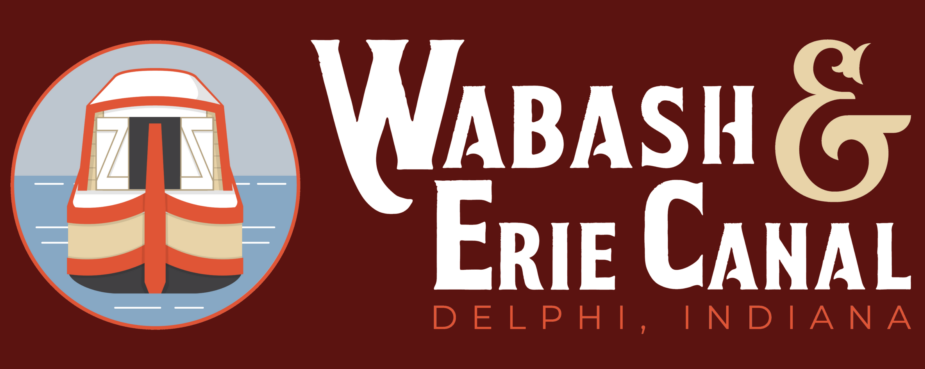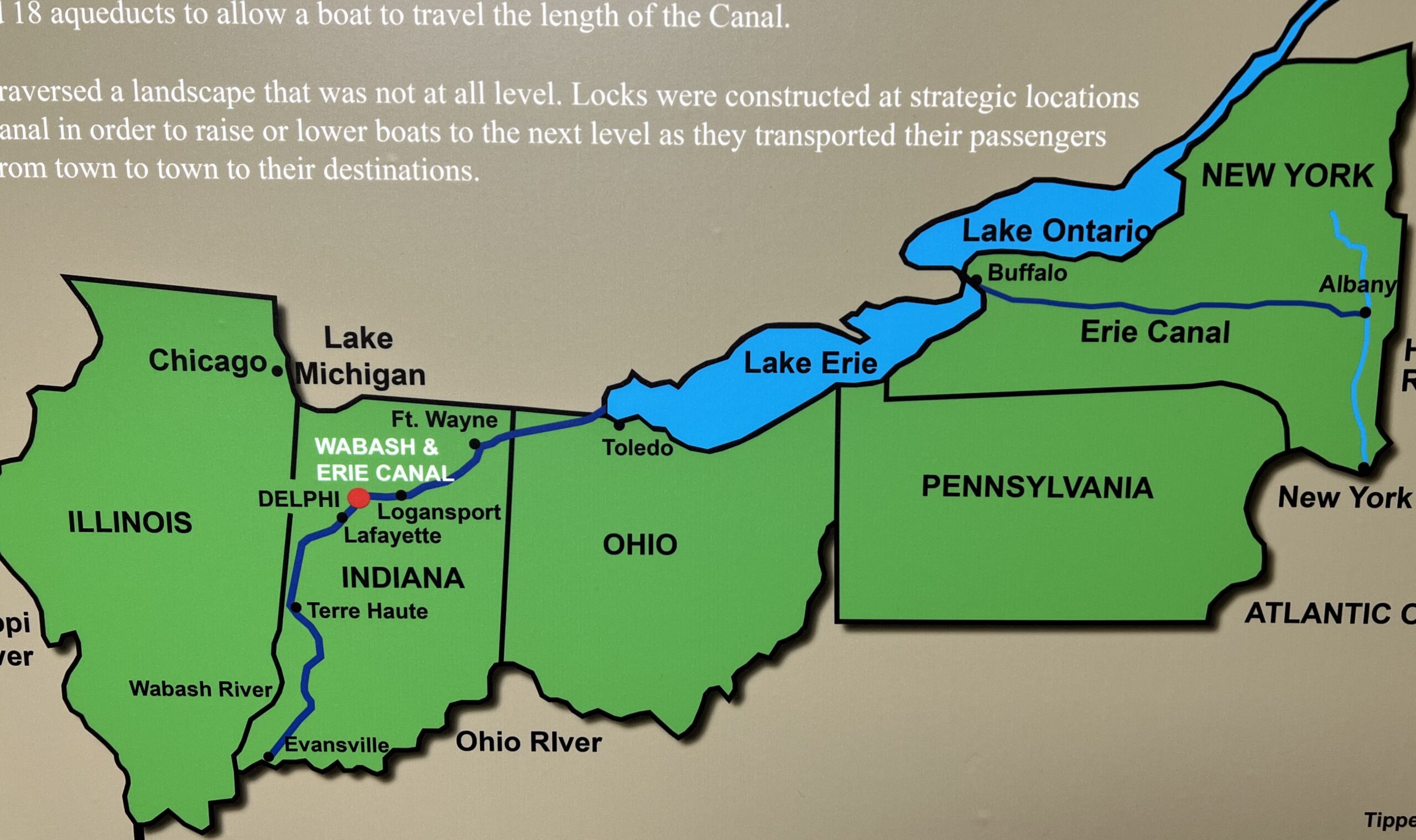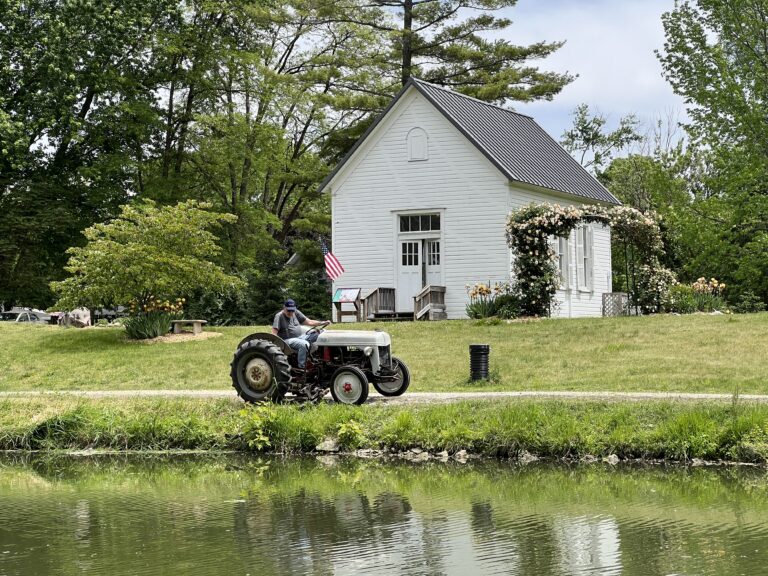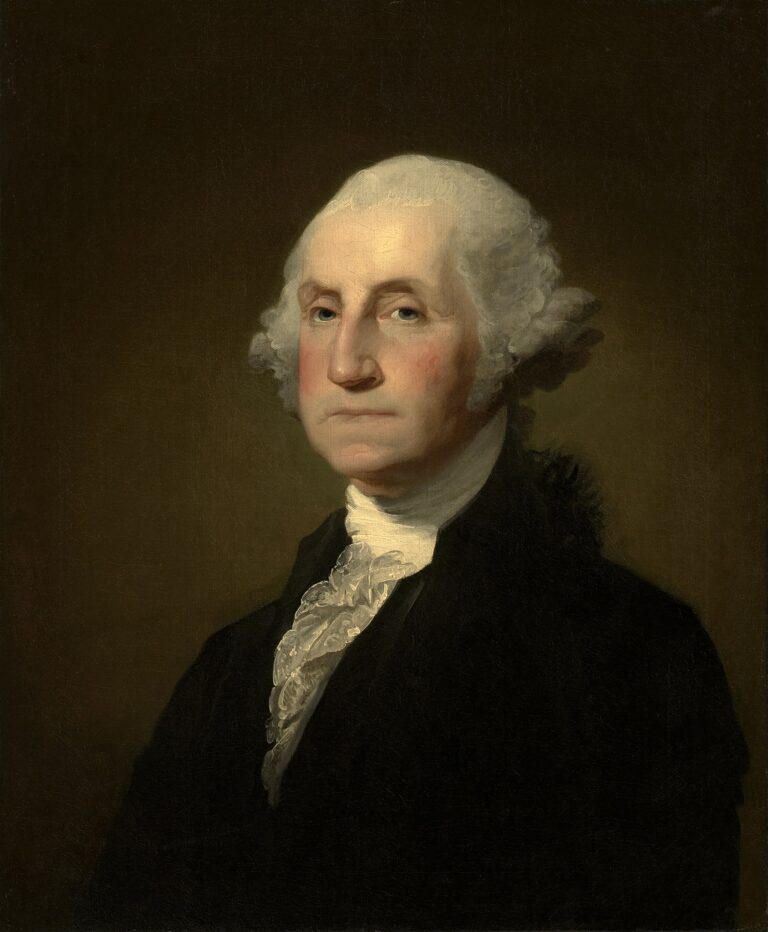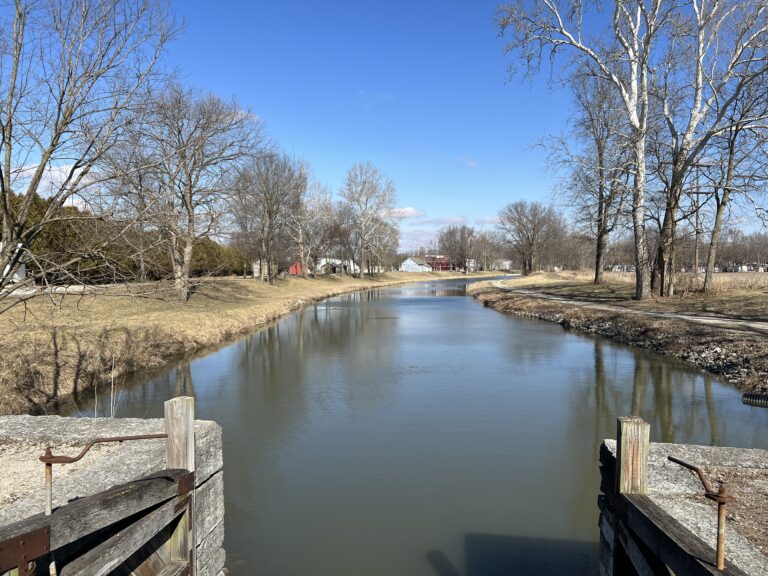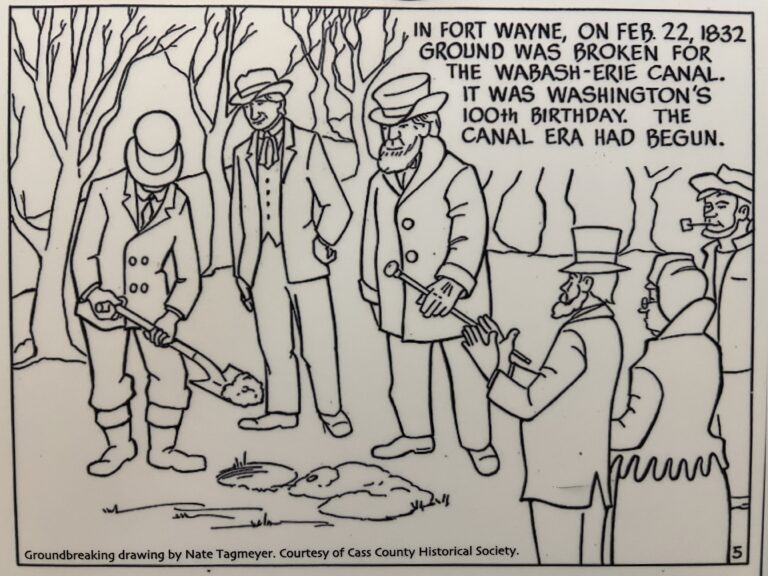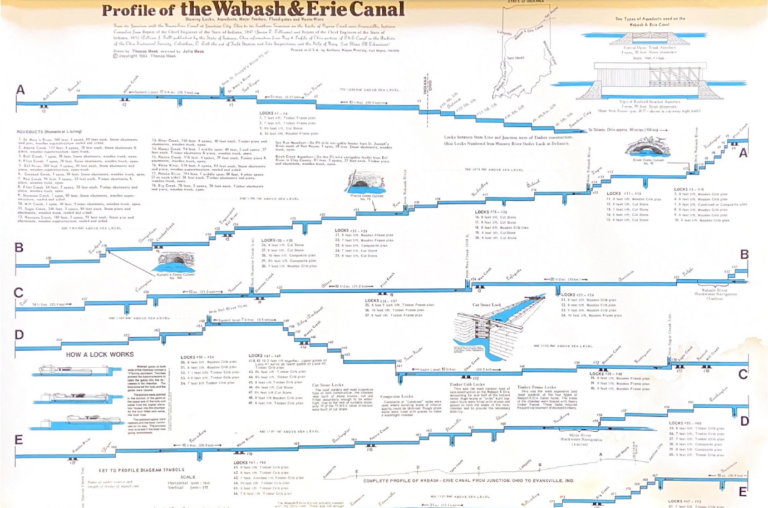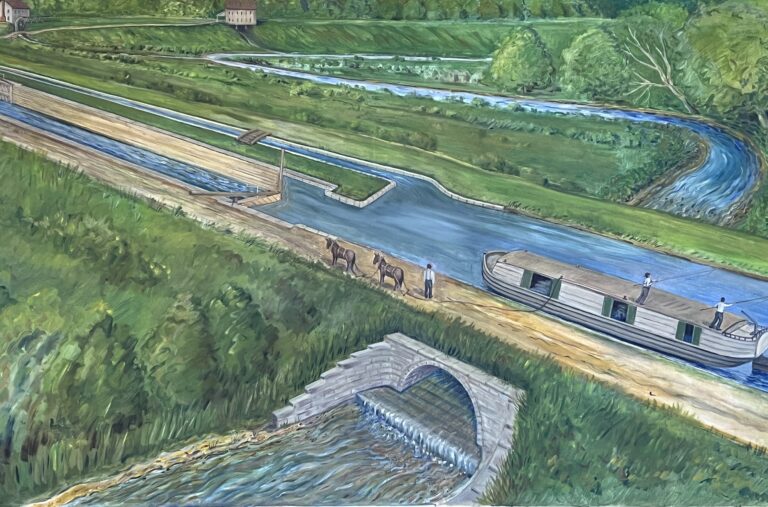Note: This series originally aired on WBOI FM public radio of Northeast Indiana. Thanks to Tom Castaldi for allowing and facilitating its reproduction.
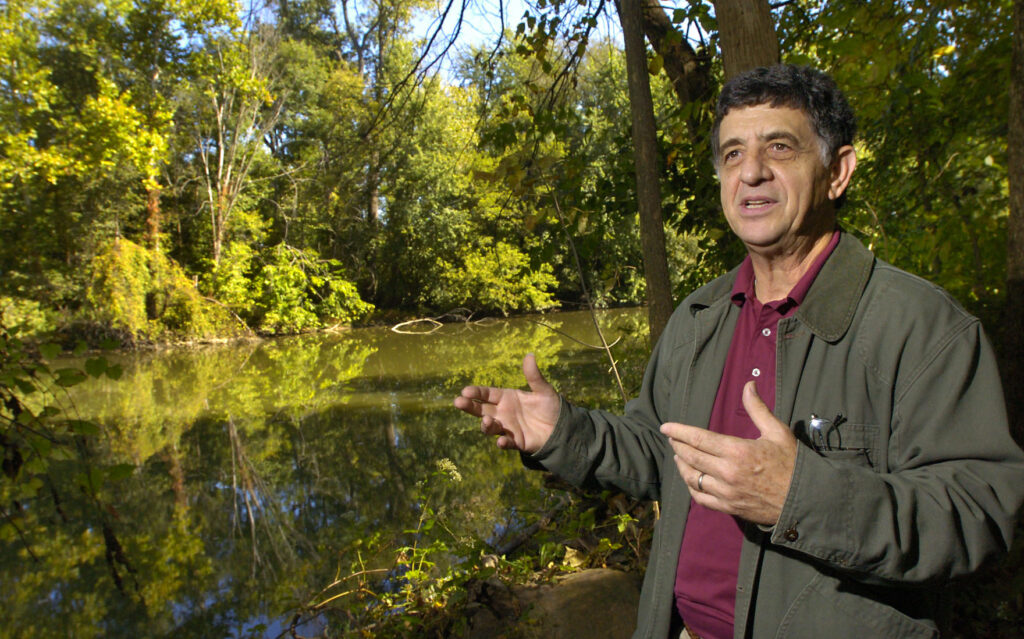
The man who developed the way West started by shaping the face of Indiana. There is no towering monument to celebrate him or his projects, yet they affect our lives each day. Hard working and intelligent, he spent a lifetime behind the scenes joining east with west, yet only scattered references in history books discuss the achievements of Jesse Lynch Williams.

As Chief Engineer of the Wabash & Erie Canal, guided by surveys through a wilderness country, he determined where the route would best flow, causing towns to sprout up, many of which are active and contributing communities to this day. He determined where the canal would cross a river or where lifting locks were to be located, and these decisions were all complicated and consequential. When completed, he had built the second longest canal in the world.
In 1854, Williams turned his enormous talent and energies from canals to rails when President Abraham Lincoln appointed him a director of the Union Pacific Railroad. He held that position honorably while others faltered and was re-appointed by both presidents Johnson and Grant.
He died quietly in his Fort Wayne home on October 9, 1886, at age seventy-nine, and is buried in Fort Wayne’s Lindenwood Cemetery. At his memorial, he was remembered as one careful in making up his judgment, yet once formed, became his intense conviction.

Nearly seventy years earlier when hearing of plans for the Wabash & Erie, DeWitt Clinton, Governor of New York and great patron of the Erie Canal, said, “You have showed me the way to the West.”
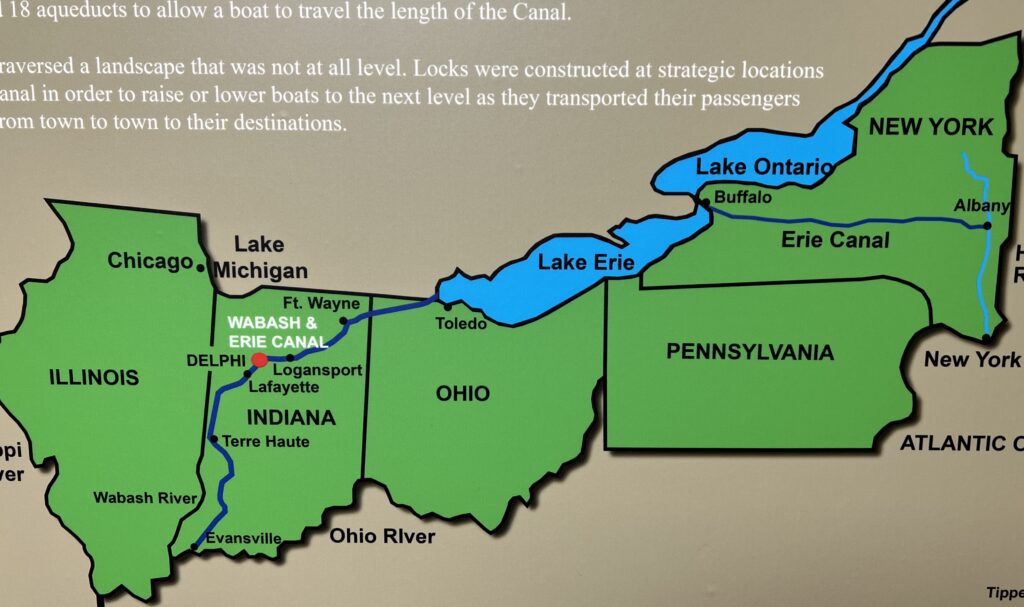
Others may be credited with winning the West, but Jesse Lynch Williams quietly changed the face of a developing continent by providing Americans the way.
